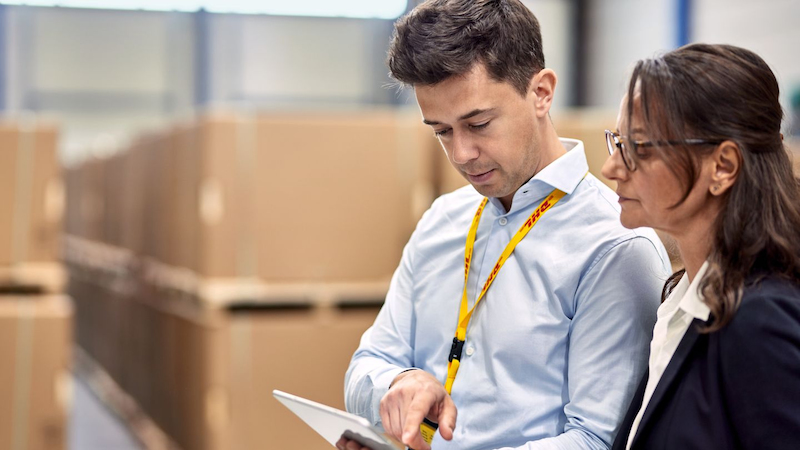Grow your business with the Discover newsletter
Logistics advice & insights straight to your inbox
Subscribe now
Returns are a component of the logistics process that e-commerce businesses cannot afford to ignore. What happens if a dress your customer purchased doesn’t fit? Or the grocery stroller comes with defective wheels? Instead of making do with these products, customers may request for a refund after returning them or a replacement. And to facilitate the movement of products from the customer to your team, you’ll need a sound reverse logistics plan.
A strong strategy in place can help your bottomline, and when not handled properly, these can eat into your profits. After all, returns are worth trillions of dollars annually worldwide according to Tobin Moore, CEO and co-founder of reverse logistics technology company Optoro.
By offering a seamless returns process, companies can enhance customer experience and create maximum value from returned products. With the growth of e-commerce, businesses have seen a rise in the number of products ordered online that are returned (30%) compared to in-store purchases that are returned (10%). In this blog, we explain the ways in which you can use reverse logistics to make the most of these returns.
Reverse logistics involves recapturing the value of returned goods and products by moving them from the customers back to the sellers or manufacturers in the supply chain. Reverse logistics management works by picking up the products from the customers and moving them back any number of steps along the supply chain to the manufacturer or supplier, as opposed to forward logistics that work the other way.
The process follows the 5Rs – returns, repairing, reselling, repackaging or recycling. These sustainable practices help reduce waste, creating an opportunity for cost savings for your business.
Several types of processes make up reverse logistics in supply chain management. These are discussed below:



Reverse logistics can significantly contribute to a business’ profits by reducing waste and generating revenue. By identifying and categorising returned products for redistribution correctly, reverse supply chain management can help a company increase revenue by up to 5% of total sales, according to Aircargo Update. Listed here are some of the ways in which reverse logistics can help your business:
A streamlined and robust reverse logistics strategy can help you manage your supply chains adequately to cut administrative and transportation costs.
Companies can recycle, reuse, and refurbish returned goods through this process. By turning waste into sales, companies can increase their revenues. They can even sell some of these products at full price, thus cutting back on the return overhead.
This process offers an enhanced experience to customers, which helps build their trust. According to Optoro’s report, 97% of consumers are more likely to be repeat customers after a positive returns experience.
DHL Express is your reliable and trusted logistics partner that can help deliver your goods along the supply chain. Our web-based Forward and Reverse Logistics Platform make it convenient for you to execute supply chain processes through DHL Collect & Return services. Create an account today to learn how your business can benefit from these services and platforms.